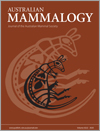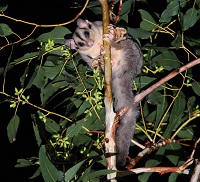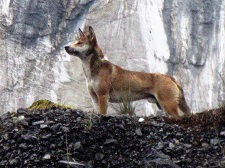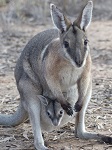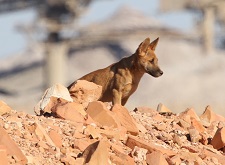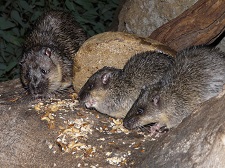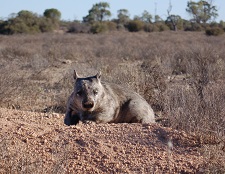AM19015MHC Class II variability in bare-nosed wombats (Vombatus ursinus)
In this study, we used genomic DNA extracted from muscle tissue samples and also identified the optimal method to extract DNA from fresh wombat scat samples to enable further analyses to be performed using non-invasive techniques.


